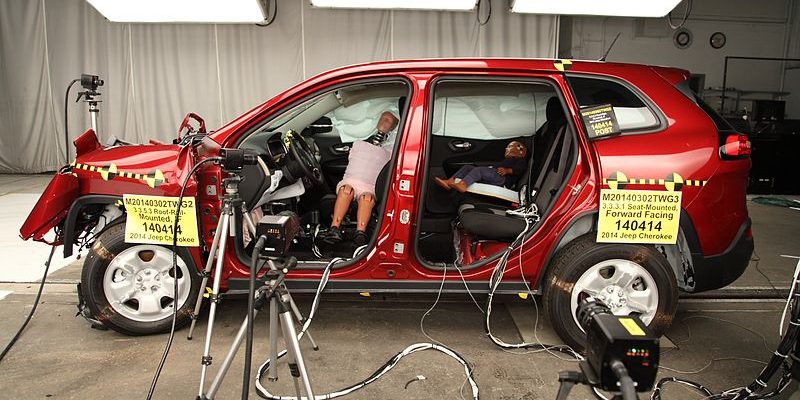Personal Injury Law Blog
Advances in Car Safety Technology Will Protect Bicyclists and Pedestrians as Well

Most of the advances in auto safety technology over the past several decades, such as seat belts, anti-lock brakes and air bags, have been designed for the purpose of protecting the vehicle occupants. However, many new technologies are designed at least in part to protect people outside the vehicle, including bicyclists and pedestrians. This includes existing technology like backup cameras and lane-departure and impending-collision warning systems, as well as other systems under development. Some advocates say such features should be required, but this raises the policy question of whether drivers should be forced to pay part of the cost of making streets safer for non-drivers.
The “Bike Sense” technology currently being researched by Jaguar Land Rover is one example of auto safety technology designed to protect bicyclists. The British automaker’s Advanced Research Centre is conducting research into what types of warning systems would be most effective in alerting drivers to the presence of bicyclists that they might not otherwise notice. The company is seeking to provoke an instinctive reaction from drivers by, for instance, playing the sound of a bicycle bell from the speaker on the side of the car where a bicyclist is approaching. The company is also exploring door handles that buzz when a bicyclist is approaching, to prevent doors from being opened into bike lanes.
Public safety advocates dismiss the policy question of having drivers pay for systems to ensure non-drivers’ safety, pointing out that pedestrians and bicyclists are not solely responsible for their own safety. Of course, non-drivers should exercise responsibility, advocates say, but society must also protect the most vulnerable. And safety advocates say that if major states require such features in vehicles, practically speaking, the auto industry will have to comply.
[footer block_id=’1966′]



